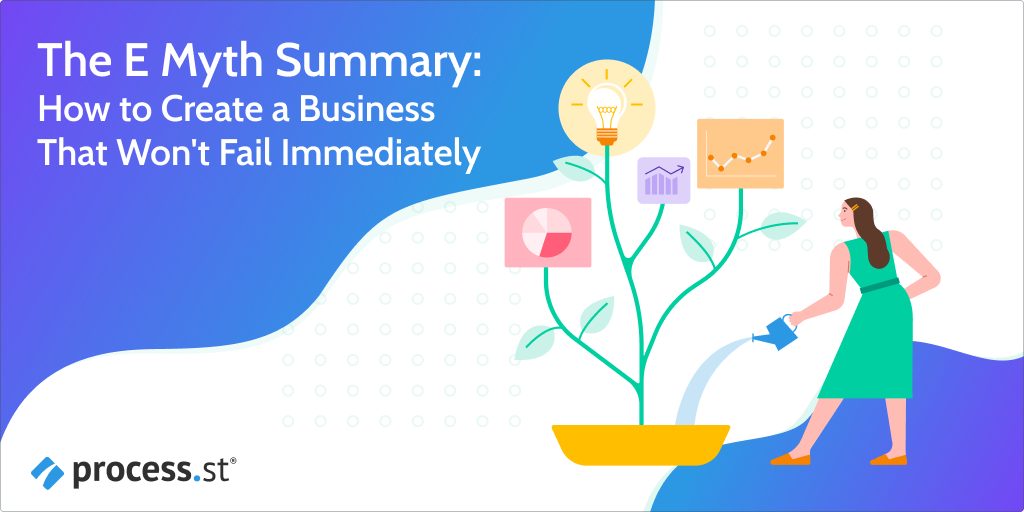
A SaaS heavyweight & one of the largest tech companies in the world with over 49,000 employees in 28 countries, Salesforce has built the worlds most successful CRM – not to mention the tallest building in the Western US, the Salesforce Tower.
In this post we look at how Salesforce Datorama, a marketing intelligence and analytics platform, does client onboarding (and more!) with Process Street. We hosted a webinar with Salesforce Datorama’s senior success consultant Alex Hauer, to reveal their secrets.
Process Street is a no-code workflow software designed to help teams make recurring work fun, fast and faultless. We serve over 450,000 registered users including Salesforce as well as other tech giants like Spotify and Airbnb.
(Salesforce Ventures also participated in our recent $12 million Series A led by Accel, alongside Atlassian and others! )
Salesforce uses Process Street to help their customers learn how to use the product. The customer success team follow Process Street checklists, and even create checklists for the customers to follow directly.
Process Street has helped Salesforce scale best practices, increase new feature adoption, and easily follow & track customer progress.
Let’s see how Salesforce do it, and how you can do it too!
- How Salesforce uses Process Street to streamline client onboarding
- Challenges Salesforce faced (& how Process Street helped)
- The results: How Process Street enabled Salesforce to scale efficiently
- Q&A with Salesforce: Health checks, task assignments, & run links
Let’s jump straight to it.
Continue Reading







 Workflows
Workflows Projects
Projects Data Sets
Data Sets Forms
Forms Pages
Pages Automations
Automations Analytics
Analytics Apps
Apps Integrations
Integrations
 Property management
Property management
 Human resources
Human resources
 Customer management
Customer management
 Information technology
Information technology











